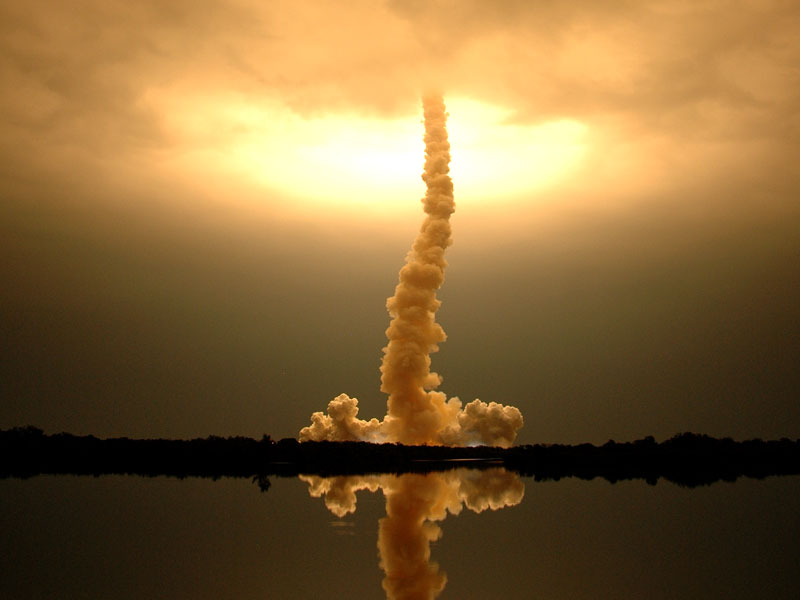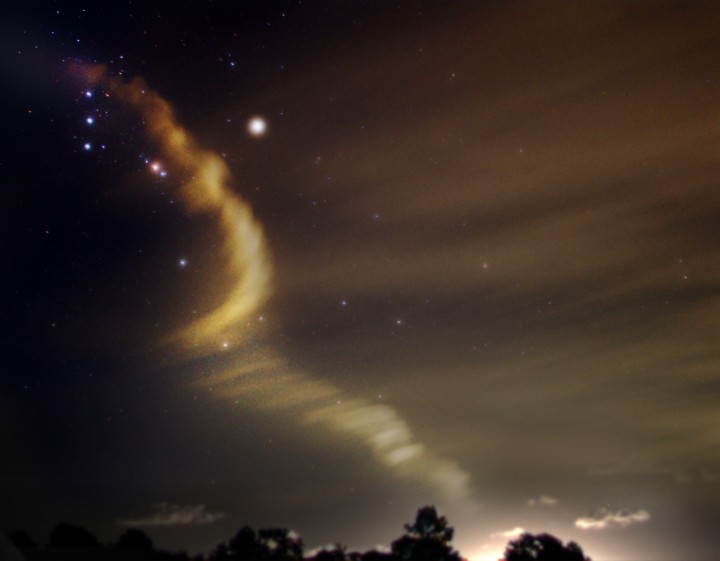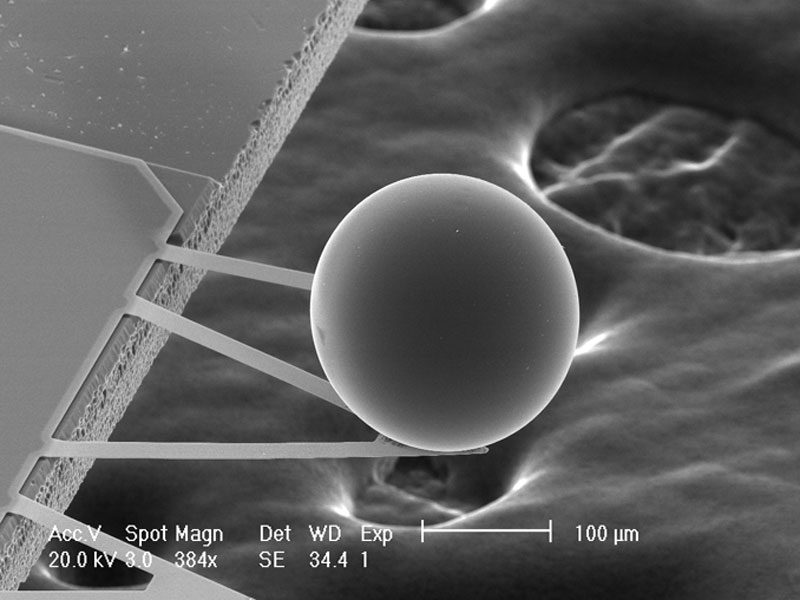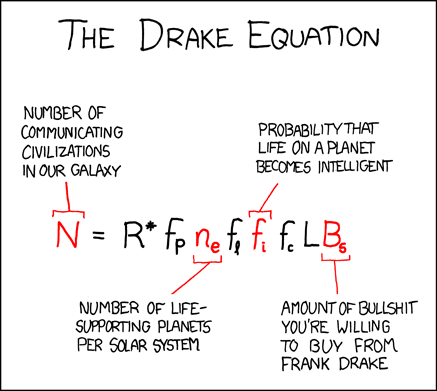AndersTheSwede
Member
Cassini's recent flyby of Encaladus:

http://www.planetary.org/blog

Cassini's March 12, 2008 flyby of Enceladus
On March 12, 2008 Cassini flew within 50 kilometers (30 miles) of Saturn's geyser moon Enceladus. Cassini approached from above Enceladus' north pole, seeing the moon as a crescent. As Cassini departed, Enceladus entered Saturn's shadow, so long exposures were required to see Enceladus' surface by light reflected from Saturn's rings to Saturn and then to the moon. As a result of the long exposures, stars streak the backgrounds of these images, and some of the closest images are blurred as Enceladus shrank in the viewfinder while the shutter was open. The 11 approach images were taken with the narrow-angle camera; the 14 departure images were taken with the wide-angle camera. Credit: NASA / JPL / SSI / animation by Emily Lakdawalla
http://www.planetary.org/blog




























